Color Guide
Psychology of colors in your home
Colors aren't used without purpose in interior design. They can affect your mood, your energy and make or break a space. Doesn't matter what your personality is like, manipulating colors in every room is a key to make the most of your life at home. If you're more on the brave side, don't be afraid of going for bold colors even as a touch, only one wall or colored doors and windows. If you're more traditional and classic, or easily bored by permanent colors, decorate different spaces with colorful accessories such as stylish pillows, vases, candles, paintings...For they are easy to change over time. This is a perfect way to have the perfect light colored and chic neutral palettes in your house, without ever being boring. The most important is to have fun, your home should reflect your personality and lifestyle. This is the perfect place to exercise your creative side!
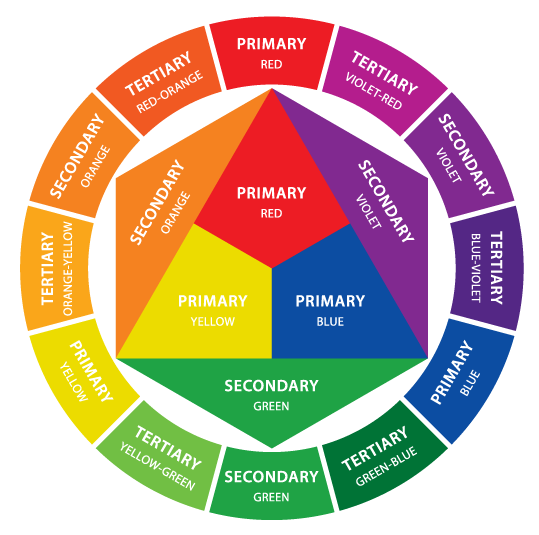
First...The range of colors is immense and the basis lies in the PRIMARY, SECONDARY and TERTIARY colors above.
Complementary colors are opposite to each other in the graph.
Different colors can make us feel and think differently. They can make us calmer, more energized and excited, help with concentration and studying, among others. It's important to tailor your perfect color palette to your needs and your general mood, learning also how to avoid colors that may make you feel more down or tired.
We all know that colors matter a great deal in advertising, art and fashion...But they can make an incredible difference in your home.
Browse through some ideas and learn about the effects of the main colors.
Yellow
Warm color.
Positive features: Confidence, self-esteem, creativity, concentration, productivity, uplifting.
Best for: Inspiring creative thoughts.
Study room, to improve focus and help to keep you awake.
Creating enthusiasm and giving energy.


Blue
Cold color.
Positive features: peace, practical, structure, communication, calm, authority, intuition
Negative features: avoid if you're feeling a little depressed, lonely or isolated
Best for: Stimulation of clear thoughts, with strong blues.
Ultimate serenity and relaxation with soft blues.
Creating an atmosphere of meditation
If used in kitchen and dining areas, it decreases appetite
Cooling off a room with too much sun and heat


Green
Cold color.
Positive features: refreshment, balance, harmony, nature, security, restoration
Best for: searching for new directions
In need of a restoration and healing
Easing the tension and regenerating your body
Feeling grounded and balanced



White
Neutral color.
Positive features: clean and open, purity, clarity, simplicity, sophistication
Best for: refreshing your home
A quiet and pure effect
Maximizing a space
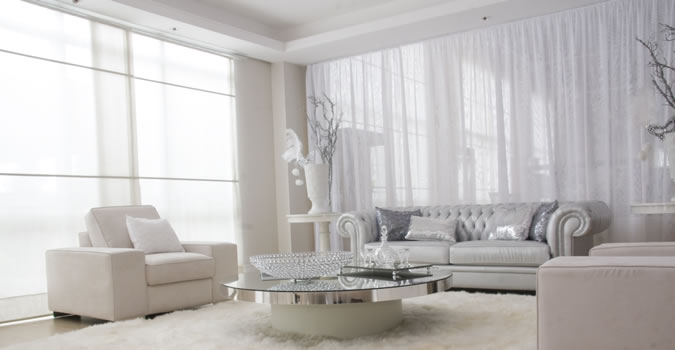

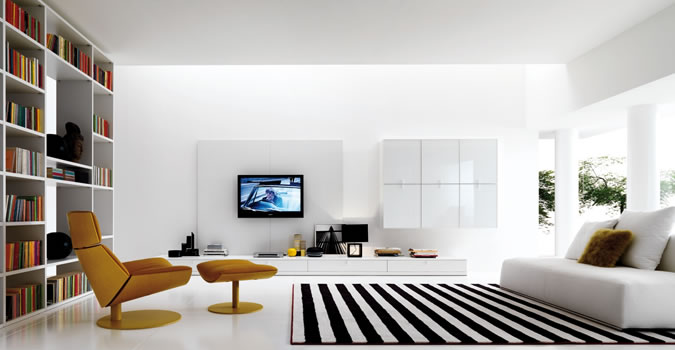
Pink
Warm color.
Positive features: Love, affection, flirting, communication, nurture
Best for: adding femininity
Comforting and nurturing atmosphere




Turquoise
Cold color.
Positive features: creativity, immune system healer, peace, communication
Best for: bringing up your creative side with any form of art
putting you in touch with spirituality and inner peace
helping with healing the body, allergies, immune system

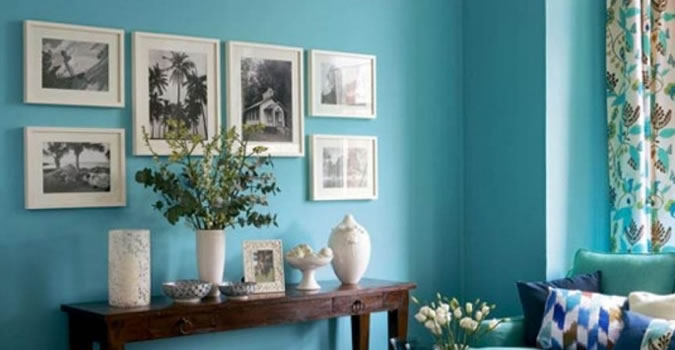
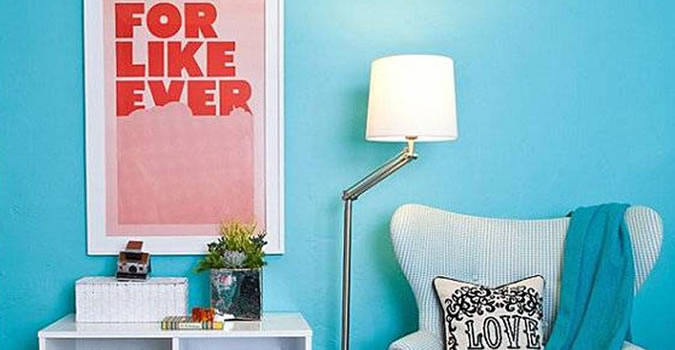
Black
In essence, is the absence of light.
Positive features: elegant, bold, chic, sophisticated, glamorous
Negative features: may be cold and heavy, specially in excess
Best for: promoting sophistication, excellence and sharp-minded thinking
highlighting certain areas of the room
creating protective barriers, for it absorbs the negative energy coming your way


Purple
Cold color.
Positive features: luxury, mystery, royalty, power
Best for: creating a luxurious and sophisticated atmosphere
breaking the norm with a bold and unusual color

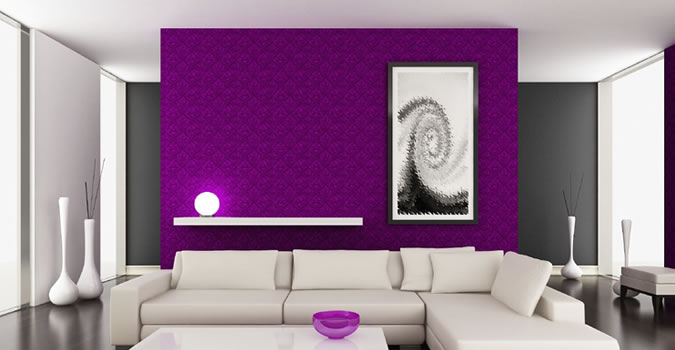
Red
Warm color.
Positive features: energy, warmth, excitement, courage, strength, passion
Negative features: avoid if you're aggressive or too anxious
Best for: estimulating and energizing
increasing appetite, if used in kitchen areas
adding passion and improving mood

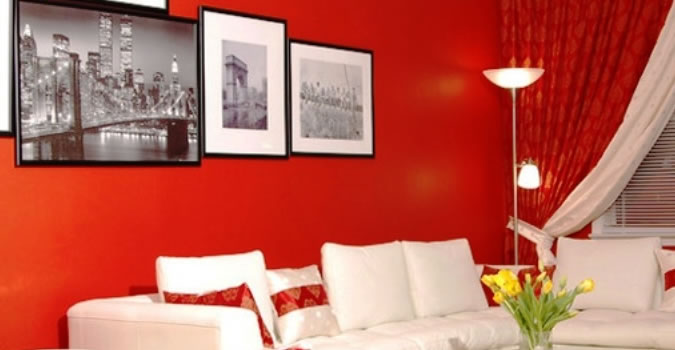
Lilac
Cold color.
Positive features: serenity, tranquility, healing, spirituality, vision
Negative features: avoid if you're too introverted
Best for: setting up the perfect meditation environment
making you more aware of spirituality and promoting clear thinking
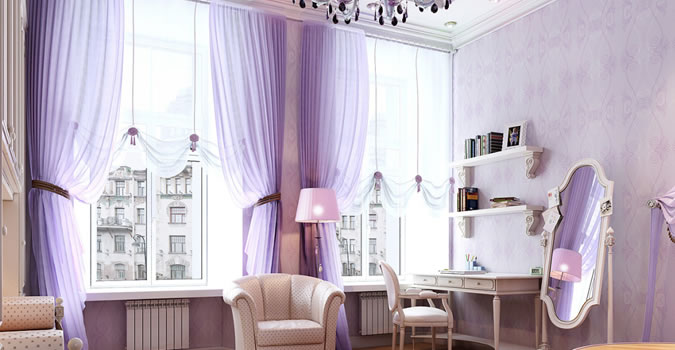

Grey
Neutral.
Positive features: chic, sophisticated, psychologically neutral
Negative features: lack of energy and confidence
Best for: suppressing an excessive mood, since there's no crucial psychological characteristics to it.
design use, bringing the attention to the rest of the room
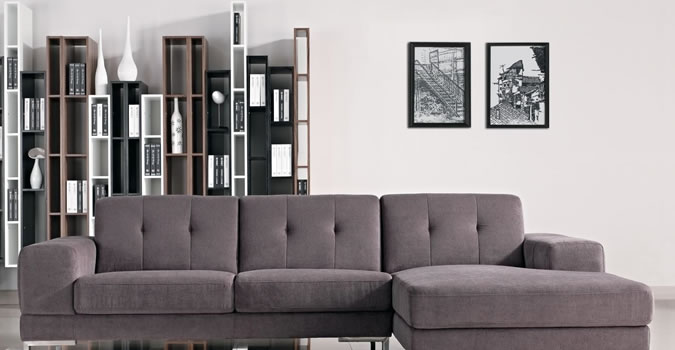
Brown
Neutral color. It's a mix of different colors and shades.
Positive features: comforting, natural, security, stability, support
Negative features: can get heavy, depending on the use and excess
Best for: creating a more charming and comforting environment
having a more natural atmosphere, going away from the over artificial

Orange
Warm color.
Positive features: fun, joyful, creative, abundance, comfort, vibrant, ambition
Negative features: restlessness
Best for: when you wanna have fun and stimulation for sports and dance
healing of the emotional side
promoting creativity and awakening of new ideas, "outside the box" thinking








